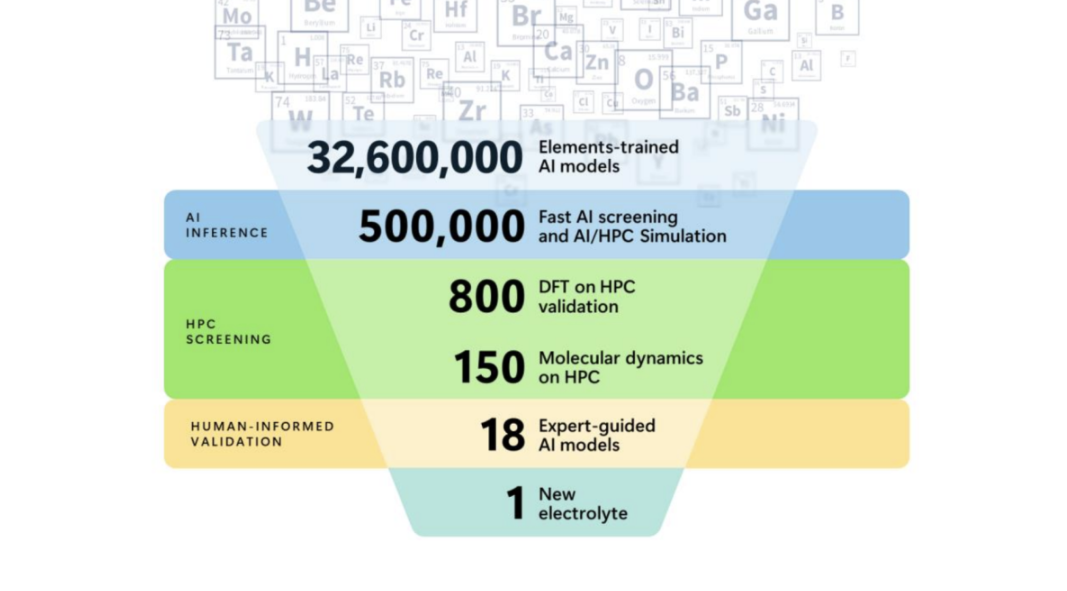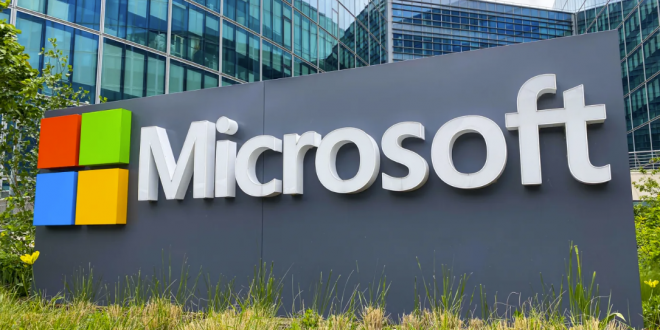Microsoft has collaborated with the Pacific Northwest National Laboratory (PNNL) of the United States Department of Energy to narrow down millions of candidate new battery materials to only a few using its Azure Quantum Elements service. One of these materials is already in the prototype stage, according to Microsoft’s announcement today.
The “quantum” in “Azure Quantum Elements” is in the name, so there’s no need to get excited about that just yet. But before you do, hear this: This research did not make use of a quantum computer. In its debut last summer, Azure Quantum Elements promised users access to Microsoft’s quantum supercomputer in the future by integrating artificial intelligence (AI) with conventional high-performance computing (HPC) methods into a virtual workstation for scientific computing. The goal is to eventually integrate all of these technologies, even if qubits weren’t used in this particular project.

The goal, according to Krysta Svore, head of Microsoft Quantum, was to investigate the limits of the team’s present capabilities in Azure Quantum Elements (AQE), particularly the AI accelerator, in order to further materials discovery. Researchers at PNNL used AQE to sift through 32 million inorganic materials, narrowing their battery project possibilities down to 18. The researchers started by narrowing the field to about 500,000 potential candidates using AQE’s AI algorithms. Then, the researchers zeroed focused on those 18 potential possibilities by using preexisting HPC methodologies. In the past, this procedure and the construction of a prototype battery would have taken years. The researchers accomplished this in only 18 months using AQE.
“We believe that the intersection of AI, cloud, and high-performance computing, along with human scientists, is key to accelerating the path to meaningful scientific results,” said Tony Peurrung, PNNL deputy director for Science and Technology. The goal of our partnership with Microsoft is to increase scientists’ access to AI. Artificial intelligence has the ability to provide a method or piece of information that is novel, unorthodox, and intriguing. A more rapid rate of scientific discovery is within reach, and this is just the beginning of an exciting adventure.
Many advocates of quantum computing believe their systems will be particularly effective in addressing issues related to materials science and chemistry. It will be at least a few more years before we see a practical quantum computer, even though the quantum computing community is steadily improving the state of the art. Indeed, we are still in the NISQ period, which stands for the noisy intermediate-scale quantum era. For what it’s worth, Svore is still bullish about Microsoft’s chances of constructing a quantum supercomputer using its Majorana-based qubits within the next decade.
Since we have a long way to go before incorporating quantum computing into the process, it is difficult not to see this as a public relations stunt, even if there is undeniably actual science involved.
 Tech Gadget Central Latest Tech News and Reviews
Tech Gadget Central Latest Tech News and Reviews




